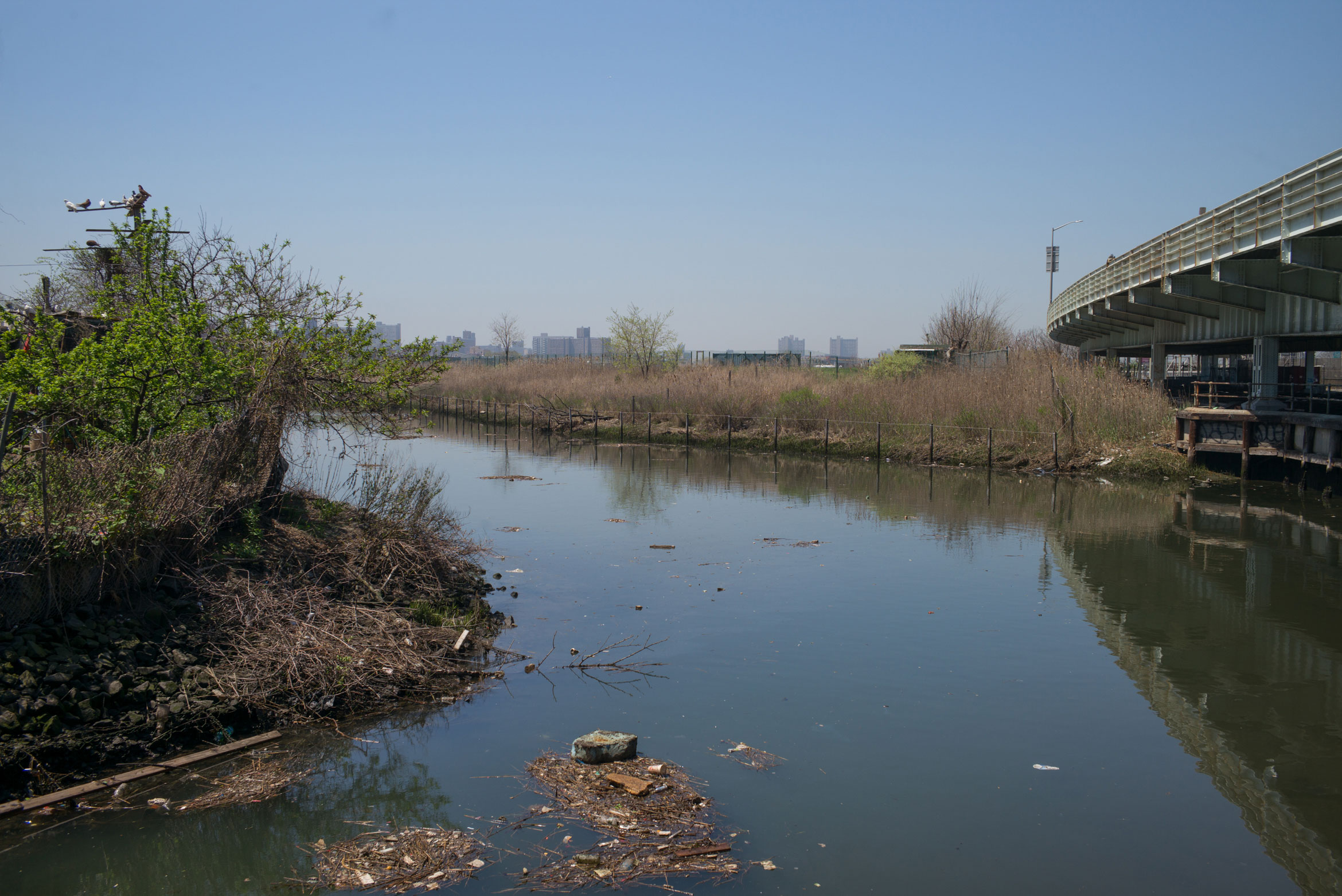Underexposed
Photographer Stanley Greenberg’s monthly dispatches trace the myriad paths of the city’s infrastructural networks in great breadth and close detail.
We are celebrating 15 years — and counting — of stories that are deeply researched and deeply felt, that build a historical record of what the city has been.
While many of Brooklyn’s manufactured gas companies opted to consolidate under the umbrella of Brooklyn Union Gas Co., one utility, servicing the communities of Gravesend, Coney Island, and Sheepshead Bay, chose to stand its ground. Brooklyn Borough Gas Co. (BBG) president, Mary E. Dillon — the first female to head a utility company on record — built a new company headquarters bordering what would soon become Shore Parkway. The Art Deco inspired buildings (with a mural by Diego Rivera), arranged in a campus-like setting, earned it the Brooklyn Chamber of Commerce’s Architectural Excellence Award in 1931.
BBG, too, was eventually taken over by Brooklyn Union Gas and joined the rest of the borough in the switch from manufactured gas to natural gas. The company began dismantling its manufacturing facility and plowing over its gas fields in the 1960s. Forty years later, negotiation began with the New York State Department of Environmental Conservation to develop a plan for the site’s remediation. Tar coal fields were excavated, the Coney Island Creek was dredged, and an ecological buffer zone had to be created to prevent any further contamination. All the while, Mary Dillon’s campus remained vacant but intact. In February 2014, the complex was finally torn down, leaving behind 16 acres of undeveloped land and taking it with it a noteworthy piece of the city’s utility history.
The views expressed here are those of the authors only and do not reflect the position of The Architectural League of New York.
Photographer Stanley Greenberg’s monthly dispatches trace the myriad paths of the city’s infrastructural networks in great breadth and close detail.

